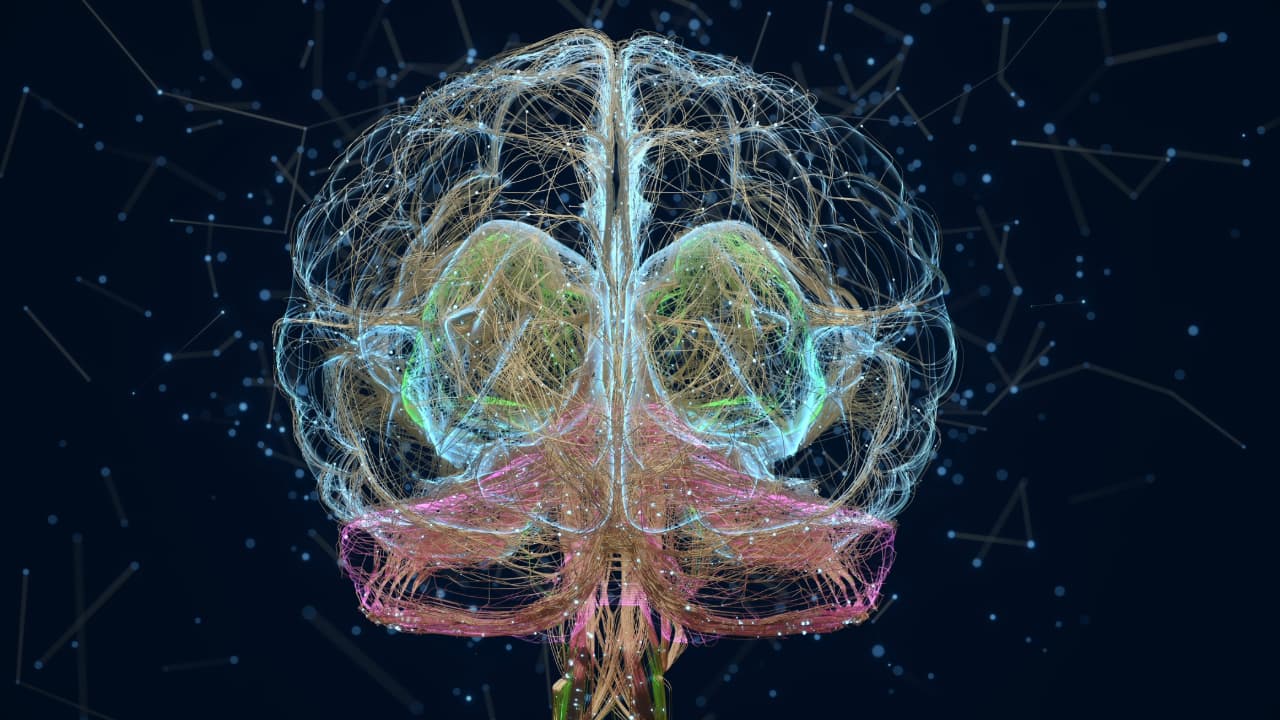A new, powerful form of vitamin K shows promise for brain repair. Learn how this breakthrough could help treat neurodegenerative diseases like Alzheimer’s by promoting new neuron growth.
Neurodegenerative diseases such as Alzheimer’s, Parkinson’s, and Huntington’s occur when brain cells gradually break down and die. As more neurons are lost, people may experience severe issues like memory loss, confusion, and difficulty with movement. These conditions generally worsen over time and can greatly impact a person’s ability to live independently and enjoy a good quality of life.
Although certain medications can reduce symptoms, they do not stop the progression of these diseases or assist the brain in recovering. To address this, scientists are investigating new methods that might allow the brain to heal itself, with one promising strategy involving the growth of new neurons, a process called neuronal differentiation.
Interestingly, vitamin K, which is most commonly recognized for its role in blood clotting and bone health, is now being studied for its potential impact on brain health. However, the naturally occurring forms of vitamin K, such as menaquinone-4 (MK-4), may not be strong enough to serve as effective treatments for brain disorders.
A More Powerful Version of Vitamin K
In a recent study published in ACS Chemical Neuroscience, researchers from the Shibaura Institute of Technology in Japan created new forms of vitamin K that are significantly more effective at supporting the growth of brain cells. The research was led by Associate Professor Yoshihisa Hirota and Professor Yoshitomo Suhara.
Dr Hirota explained that their newly developed vitamin K compounds were roughly three times more effective than natural vitamin K in helping immature brain cells mature into fully functioning neurons. Since the loss of neurons is a key characteristic of diseases like Alzheimer’s, these stronger forms of vitamin K could potentially be used to replace damaged brain cells and restore some neural function.
How They Did It
To enhance the effects of vitamin K, the research team created 12 different hybrid versions of the molecule.
This was achieved by linking vitamin K with:
• Retinoic acid, a substance related to vitamin A that aids in brain development,
• A carboxylic acid group, or
• A methyl ester side chain, a small chemical structure that can influence how a molecule behaves in the body.
The goal was to retain the beneficial effects of both vitamin K and retinoic acid while developing a more effective compound.
When tested on mouse brain cells, one of these new compounds stood out. It resulted in a threefold increase in the number of cells becoming neurons compared to untreated cells. This compound, made up of retinoic acid and a methyl ester side chain, was named Novel VK.
Understanding How It Works
To determine how vitamin K supports brain cell growth, the researchers examined gene activity in cells treated with MK-4, the natural form of vitamin K.
They discovered that these effects were connected to metabotropic glutamate receptors (mGluRs), particularly mGluR1, which play a vital role in communication between brain cells. Issues with this receptor have been associated with the symptoms of Alzheimer’s and similar conditions.
Further computer modelling revealed that Novel VK binds strongly to the mGluR1 receptor, even more effectively than natural vitamin K. This suggests that Novel VK might be even more beneficial in promoting healthy brain function.
The team then tested Novel VK in mice to observe its effects within the body. The findings indicate that Novel VK is not only more powerful but also more accessible to the brain, a key factor for any potential treatment.
What This Could Mean for the Future
This research provides valuable insights into how vitamin K, particularly in these enhanced forms, could potentially help protect and even repair the brain. The goal is that a vitamin K-based medicine could one day slow the progression of diseases like Alzheimer’s or even reverse some of the damage.
Although more testing is required before this can be used as a human treatment, this discovery represents an encouraging step toward a future where the brain might be able to repair itself, with the assistance of a vitamin we already know.
